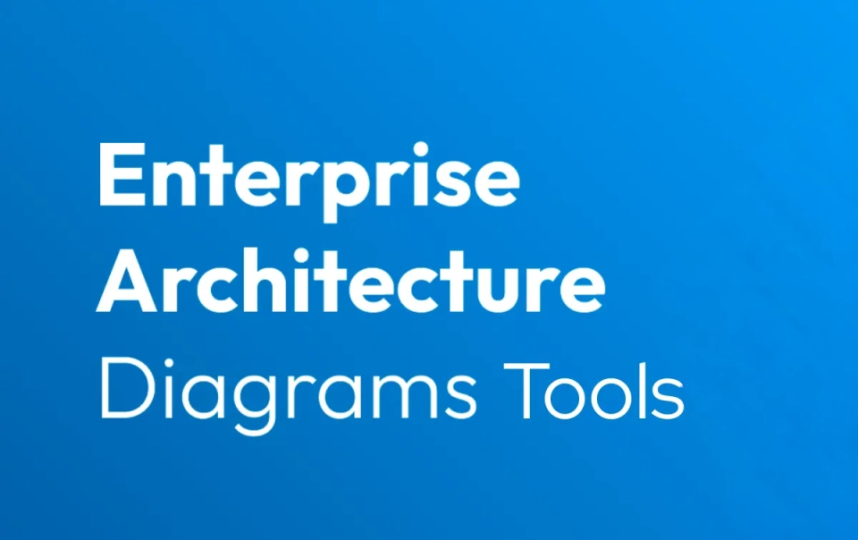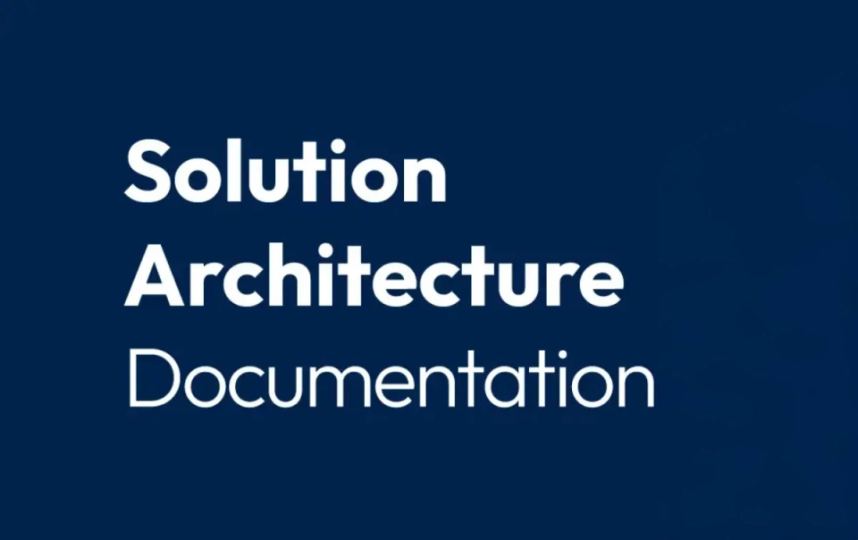The Best Tools to Create Architecture Diagrams (Cloud, Data, IT & More)

If you’re looking for a tool to design architecture diagrams, consider your options. This guide helps you decide: An enterprise architecture tool vs. a single architecture diagramming tool.
Introduction to architecture diagramming tools
Architecture diagramming tools are vital for visualizing, documenting, and communicating architectures and system designs. While single tools for architecture diagramming can be useful, using an enterprise architecture tool offers more advantages.
“A capable enterprise architecture tool improves the value of deliverables.Organizations happiest with their enterprise architecture tooling were 44% more likely to agree that their tools support current deliverables and change.”
Comparison of different architecture diagramming software
What to choose: An enterprise architecture tool vs. single tools for architecture diagramming
Choosing an enterprise architecture tool for architecture diagramming rather than a single-source tool offers several advantages:
- Comprehensive functionality: Enterprise architecture tools, like those offered by Bizzdesign, are designed to support the design of architecture diagrams and views. They provide a wide range of features and capabilities tailored to the needs of architects.
- Standardization: Enterprise architecture tools enable standardization and consistency in diagramming practices across the organization. They provide predefined templates, notation support (such as UML), best practices, and adherence to industry standards.
- Collaboration: They include collaborative features facilitating teamwork and communication among architects and other stakeholders. A central repository is accessible to all team members, enabling real-time collaboration, version control, and easy sharing of architectural diagrams.
- Integration with other software and platforms: This integration allows for seamless data sharing, synchronization, and communication between architecture diagrams and other tools used in the organization, such as project management or documentation tools.
- Scalability and flexibility: These tools are designed to handle the complexity and scale of enterprise-level architectures. They can accommodate large and complex systems, providing the flexibility to create and manage architecture diagrams that scale with your organization’s needs.
- Enhanced decision-making: With an enterprise architecture tool, digital transformation initiatives are executed faster, wiser, and more efficiently. Enterprise architecture tools are important assets for better decision-making because they reveal gaps.
Tips for choosing the right architecture diagramming tool for your needs
Enterprise architecture management practices must make informed decisions when investing in an enterprise architecture tool, particularly when architecture diagramming is a key consideration.
When making this decision, consider the scale and requirements of your organization’s architectural projects.
If you’re working on relatively simple projects, a single software tool for architecture diagramming can be a cost-effective option. However, opt for an enterprise architecture tool to design larger architectures.
Enterprise architecture tools provide a centralized repository for all architectural assets, facilitating collaboration among various teams and stakeholders.
Robust integration capabilities enable seamless data exchange and synchronization with essential software tools, including project management, data analysis, and documentation platforms.
Furthermore, enterprise architecture tools also typically support industry-standard notations and frameworks, ensuring consistency and compliance across the organization. As your organization grows, an enterprise architecture tool can scale accordingly to accommodate the increasing complexity of architectural designs and infrastructure.
Features to look for in enterprise architecture diagramming tools
When selecting architecture diagramming tools, it is essential to match the features they offer with your specific needs.
Checklist: Features to look for in architecture diagramming tools:
- UML modeling support: Look for tools supporting the Unified Modeling Language (UML), a widely used standard for modeling software systems. You need to be able to create various types of architecture diagrams, including use case diagrams, class diagrams, and sequence diagrams with the tool [1].
- Integration capabilities: Consider tools that offer integration: ServiceNow APM Integration with other software and platforms.
- Standard framework support: Look for tools that support industry-standard frameworks such as ArchiMate and TOGAF.
- Collaboration: Look for tools that facilitate collaboration and allow easy access to architecture artifacts. I.e. tools offering a central repository accessible to all team members, promoting improved collaboration and productivity. This ensures that architecture artifacts are easily accessible, eliminating the need to search for them.
- Visualization and presentation capabilities: Consider tools that offer visualization and presentation features to communicate architectural designs effectively. Visualization capabilities can help stakeholders understand complex information and make informed decisions.
- Scalability and flexibility: Look for tools that can scale to accommodate the complexity and size of your architecture [2].
- Effective training, consultancy, and support services: Enterprise architecture tools, while designed to streamline and optimize business processes, come with their own intricacies. Having quality support amplifies the tool’s effectiveness and enhances the user experience.
Collaborative features in architecture diagramming tools
If a top consideration for your team in choosing an architecture diagramming tool is to facilitate collaboration, it’s wise to look at an all-around enterprise architecture tool.
Collaborative enterprise architecture tools provide real-time collaboration with a central repository accessible by all team members. Multiple team members can work on the same diagrams simultaneously, making it easier to share ideas, provide feedback, and make real-time updates [5].
These tools offer version control capabilities, enabling teams to track changes, compare different versions, and revert to previous versions as needed. The team has a clear history of changes and can easily manage and maintain the integrity of the diagrams.
Additionally, role-based access control allows administrators to define different levels of access and permissions for team members. This ensures that sensitive information is protected, and team members can access the diagrams appropriately based on their roles and responsibilities.
Notifications and alerts are sent to team members when changes are made to the diagrams or when they are mentioned or assigned tasks. This helps to keep everyone informed and ensures that important updates are not missed.
Integrating architecture diagrams with other tools and systems
Another key consideration is selecting an enterprise architecture diagramming tool that seamlessly integrates with other tools and software.
An enterprise architecture tool with robust integration capabilities allows architects and stakeholders to share information, transfer data, and synchronize changes effortlessly.
Many single systems for architecture diagramming have limited functionality in this regard. They may not offer standardized APIs or support for popular file formats, which can hinder smooth data exchange.
Consequently, this lack of integration can result in siloed information, disjointed workflows, and increased manual effort.
Summary
Choose a single software for architecture diagramming when dealing with smaller projects or limited resources and when simplicity suffices.
On the other hand, opt for an enterprise architecture platform when dealing with architectures, diverse teams, and the need for seamless integration, collaboration, and scalability.
Understand your organization’s specific needs when evaluating a tool’s features. Make a well-informed decision considering not only your current but also your future requirements for scalability.



